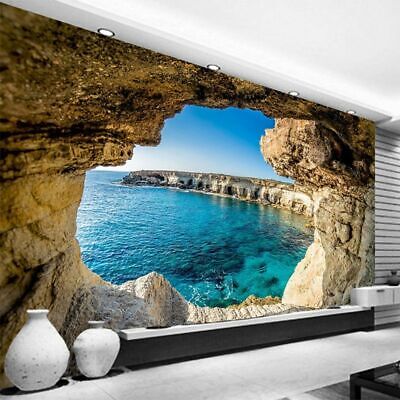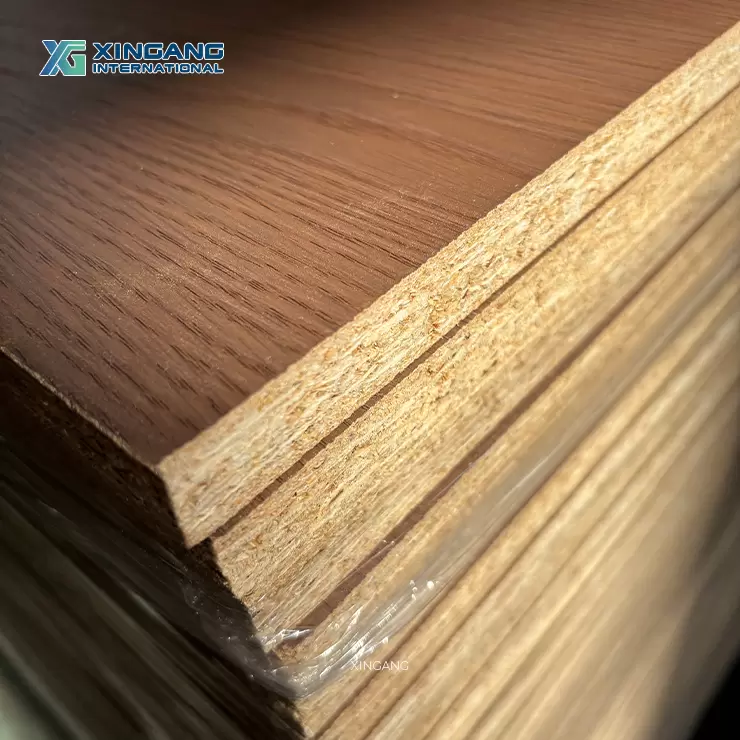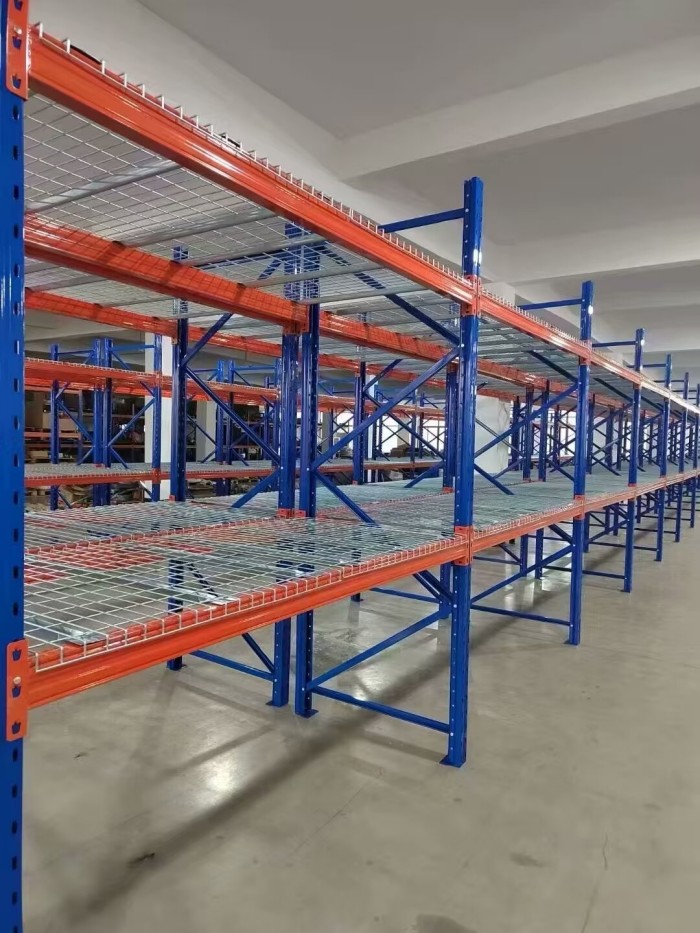Building on a Budget: Identifying the Most Cost-Effective Materials for Room Construction

In the world of construction, cost-effectiveness is a key consideration. Whether you're a homeowner looking to add an extra room or a contractor seeking to maximize profits, understanding the cheapest materials to build a room can be a game-changer. This article will delve into the most affordable construction materials, their pros and cons, and how to leverage them for your next project.
- Wood: The Timeless Classic
Wood is one of the most common materials used in construction due to its versatility, durability, and cost-effectiveness. Softwoods like pine, fir, and spruce are cheaper than hardwoods and are often used for framing and structural elements. However, wood requires regular maintenance to prevent decay and pest infestation.
- Concrete: The Sturdy Solution
Concrete is another cost-effective material, especially for foundations and walls. It's durable, fire-resistant, and offers excellent insulation. However, it can be expensive to transport, and its installation requires skilled labor.
- Steel: The Modern Marvel
Steel is increasingly popular in modern construction due to its strength and durability. While its upfront cost can be higher than wood or concrete, its longevity and low maintenance needs can make it a cost-effective choice in the long run.
- Drywall: The Interior Innovator
For interior walls, drywall is a cost-effective and easy-to-install option. It's lightweight, fire-resistant, and can be easily painted or wallpapered. However, it's not as durable as other materials and can be damaged by water or impact.
- Vinyl Siding: The Exterior Expert
Vinyl siding is a cost-effective choice for exterior walls. It's durable, low-maintenance, and available in a variety of colors and styles. However, it's not as insulating as other materials and can warp or crack in extreme temperatures.
- Recycled Materials: The Eco-Friendly Option
Recycled materials like reclaimed wood, recycled steel, and recycled concrete can be a cost-effective and environmentally friendly choice. They can offer unique aesthetic appeal and reduce the environmental impact of construction. However, their availability can be limited, and their quality can vary.
In conclusion, the cheapest material to build a room depends on various factors, including the room's purpose, local climate, and your budget. It's essential to consider not just the upfront cost, but also the long-term maintenance costs and the material's durability and performance. Consulting with a local contractor or architect can help you make the best choice for your specific needs.


